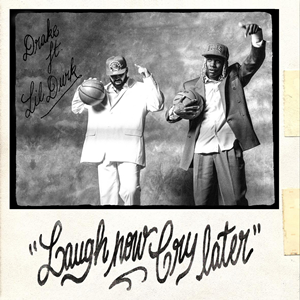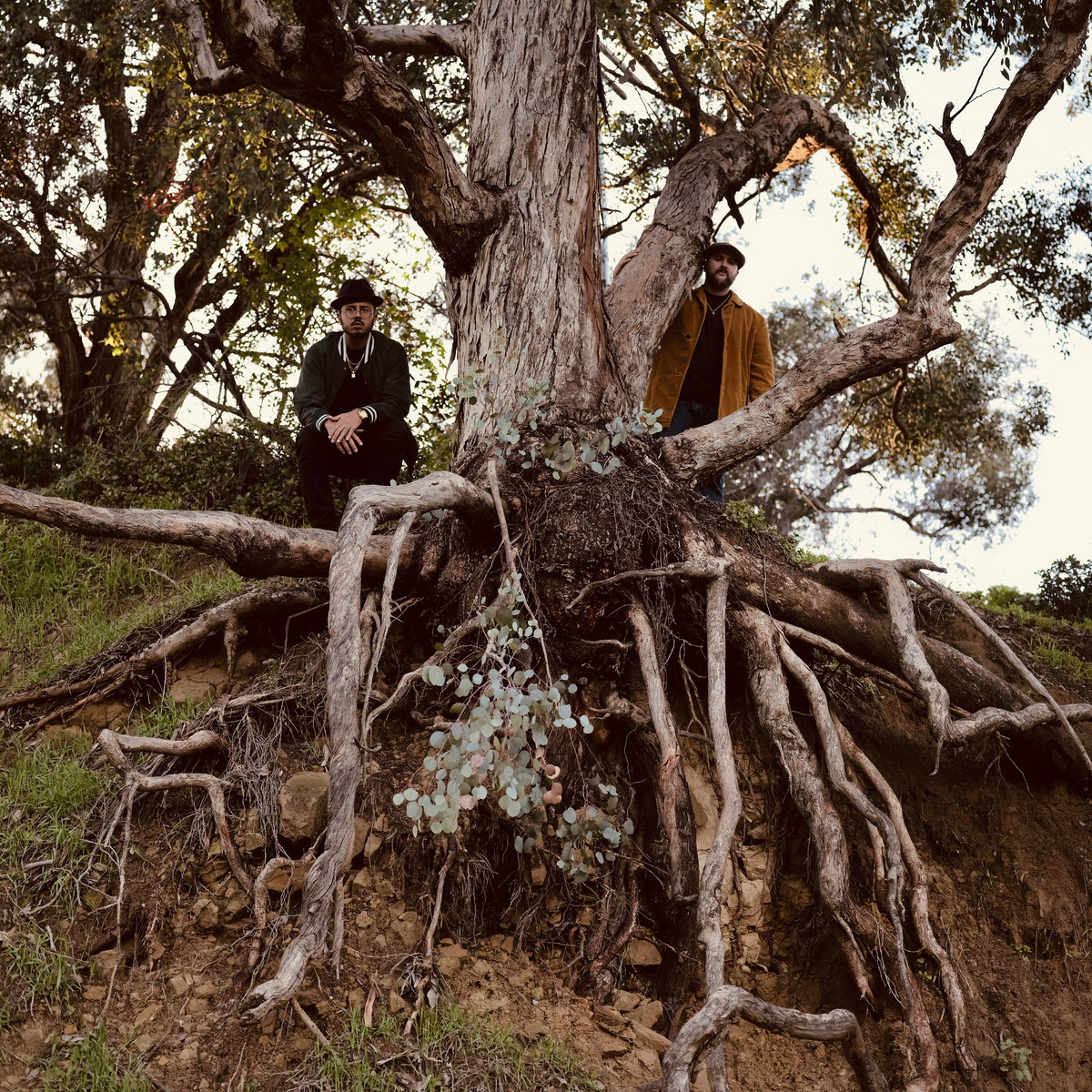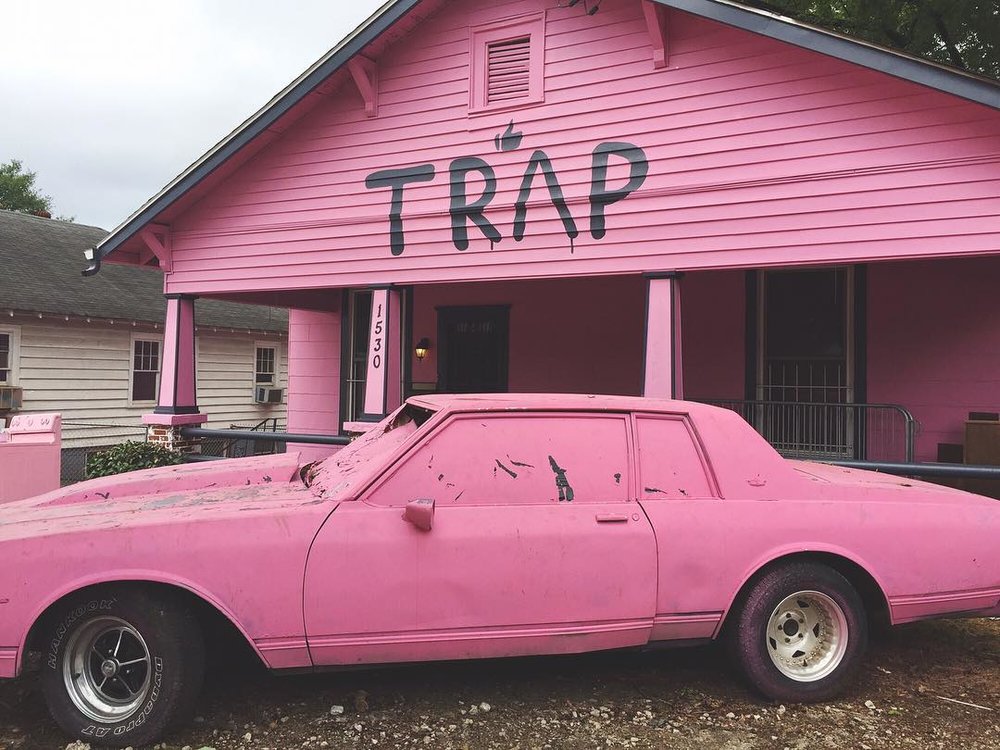By: Tommy “T-Rod” Rodriguez
TW: This article analyzes mature themes in a work of fiction that may be uncomfortable for others to read through.
“In this world, is the destiny of mankind controlled by some transcendental entity or law? Is it like the hand of God hovering above? At least it is true that man has no control, even over his own will.”
Berserk (1997) Anime Introduction
When most manga readers and anime watchers think of the Berserk, a few things come to mind. Incredible artwork, an absolute unit of a man swinging an absolute unit of a sword, and dark fantasy violence that would make Game of Thrones fans uneasy in places. The late Kentaro Miura’s masterpiece is unrivaled in its sheer quality and influence on Japanese media as we know it. Its influence on me is also unmatched: Berserk is quite possibly my favorite thing ever, embodying everything I love about emotional and tactical storytelling. Its characters are rich with personality and depth, its artwork is stunning in its scope and detail, and the plot meshes fantasy, action and drama in a way that very few stories have.
And yet when I think of Berserk during this spooky season, I think of the sheer horror that Kentaro Miura was able to convey with his illustrations and writing. Berserk is very intense, covering topics like war, human nature and morality…as well as body horror and gore, existential dread and helplessness against fate. Berserk is excellent at portraying the gravity of these topics…so why not talk about them for Halloween? Let’s go over the human, demonic, and existential horrors of Berserk, and why they help this fantastic manga succeed as as story.
The Human Evils of Berserk
Whenever there’s a discussion on Berserk’s darker elements, it’s important to recognize that the whole story is founded on man’s cruel capabilities. Upon the introduction to our main character Guts, we immediately see someone who has a penchant for violence, using every dirty tactic in the book to survive. At points, he seems like a monster compared to the actual demons he fights, going so far as to use civilians as bait so he can get an upper hand. Are these fights badass? Yes, but there’s a clear cost that comes with each fight; as the series goes on, Guts is made to be less of an anti-hero and more like a terrifying beast who will bite and claw his way through anyone to get his revenge…
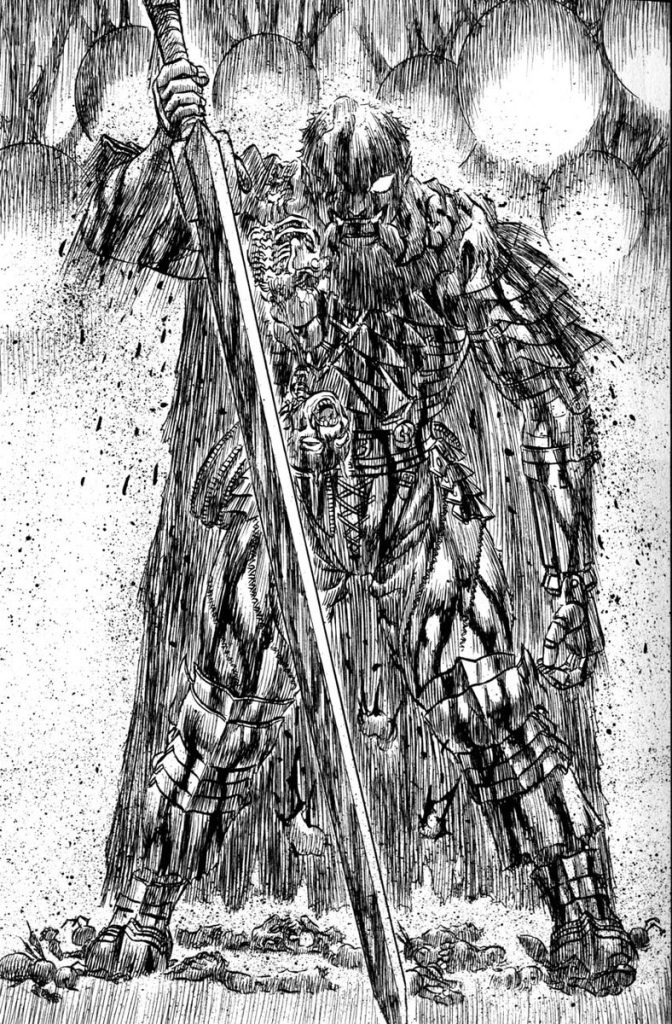
But what led him down this path? A huge aspect of Berserk (arguably its most famous) is the way it builds up Guts as a person only to strike him with tragedy. Many of the people Guts comes across in the extended backstory of Berserk are awful, Miura accurately depicting how cruel people can be and how the effects of evil can last a lifetime. Within the first few years of Guts’s life, he is abused by his father figure, forced to fight as a child mercenary, and much worse…it’s no wonder the guy grew up to be such a detached person. Berserk can be very misanthropic at points, often showing that when characters’ backs are against the wall, they’ll lash out. When food becomes scarce, civilians turn in each other for a witch hunt. When a small girl runs away from home, she genuinely thinks she’s better off in the wilderness than with an alcoholic father. On a macro and micro level, Berserk never hesitates to show that humans can be capable of some terrible stuff, even when it isn’t war or demonic sacrifice.
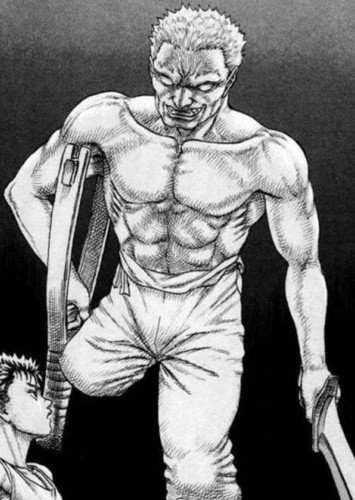
Now what’s the root of all this? Miura is very careful to show in his writing that evil is a cycle, mainly by showing how key characters bounce off one another. Let’s take an example of two characters, Griffith and the King. For years, Griffith was the head of a mercenary group called the Band of the Hawk, directly serving the King to end a century-long war. Despite this seemingly noble act, Griffith’s political aspirations lead him to commit several crimes, including royal assassinations and even bedding the King’s daughter. The King, in response to discovering Griffith’s activities, immediately lashes out, showing that not only will he cling to his status, but that he is also an incestuous maniac. Through heavy torture, Griffith is turned from a strong, capable leader to a cripple who is unable to speak or move. Because of this status, he grows desperate…and sacrifices the Band of the Hawk to demons in order to gain power. Guts himself is one of the Hawks, so you can imagine that this evil is now inflicted onto Guts in the form of pure hatred for Griffith.
This cycle of hate and lashing out is on display throughout Berserk’s numerous characters, and it also plays a key role in creating the most iconic aspect of its horror: the demons.
The Demonic Horror of Berserk
What is a demon in Berserk? In the most simple terms possible, they are beings that exist simply to serve their lust for violence and evil itself. Often the main entities that fight our heroes, the demons of Berserk are almost the logical extreme of the human horror in Berserk. They both do the same things, often times engaging in depraved crimes, war, and far far worse. There are a few things that differentiate the human and demonic horror of Berserk, the main differences being in the demons’ appearances, their scale of evil, and the way they are characterized.
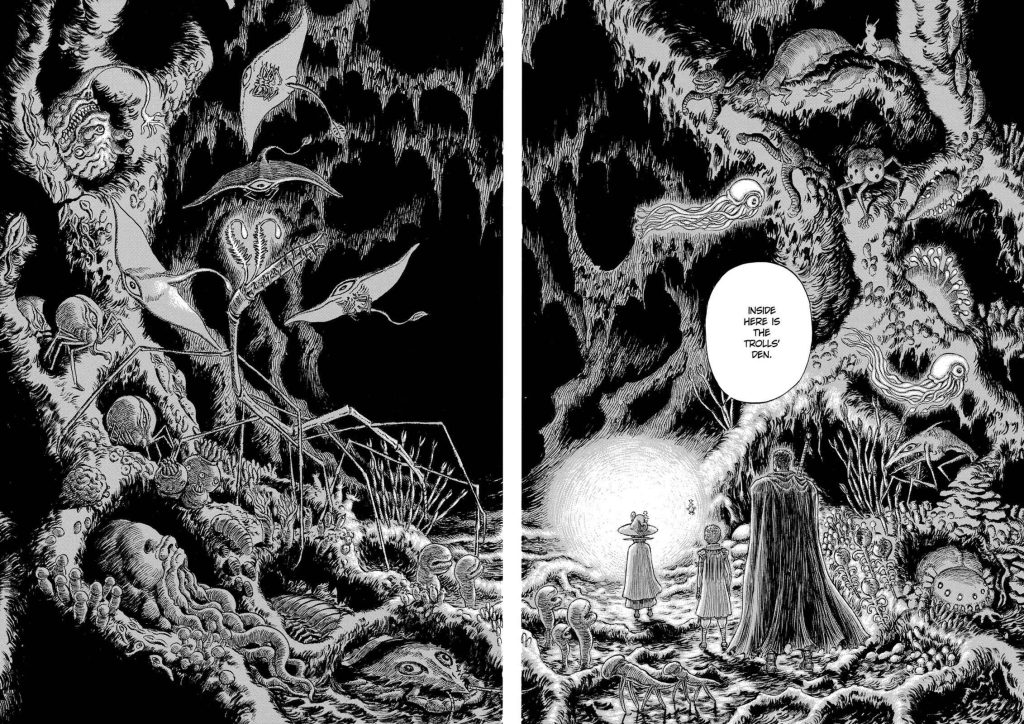
Let’s begin with the most striking feature of the demons in Berserk: their physical appearance. Miura’s illustrations for these monsters are some of the most incredible displays of body horror I’ve ever seen. The way that Miura draws his monsters is fascinating, often taking what could be a typical fantasy creature and distorting them until their appearance makes your skin crawl. The most prominent of these demons Miura works with are Apostles, humans transformed by their own evil desires to become all-powerful forces of destruction. A typical slug monster is a writhing mass of mouths, tendrils, and gore; a “giant” is an existential abomination made of millions of faces and can block the sun. The very appearance of these creatures was absolutely one of the main reasons I stuck with the series; these are monsters that don’t look right, with their movements and actions being even more unsettling than their appearance. Even typical fantasy creatures like ogres and trolls are warped and twisted into something that can make you shudder.
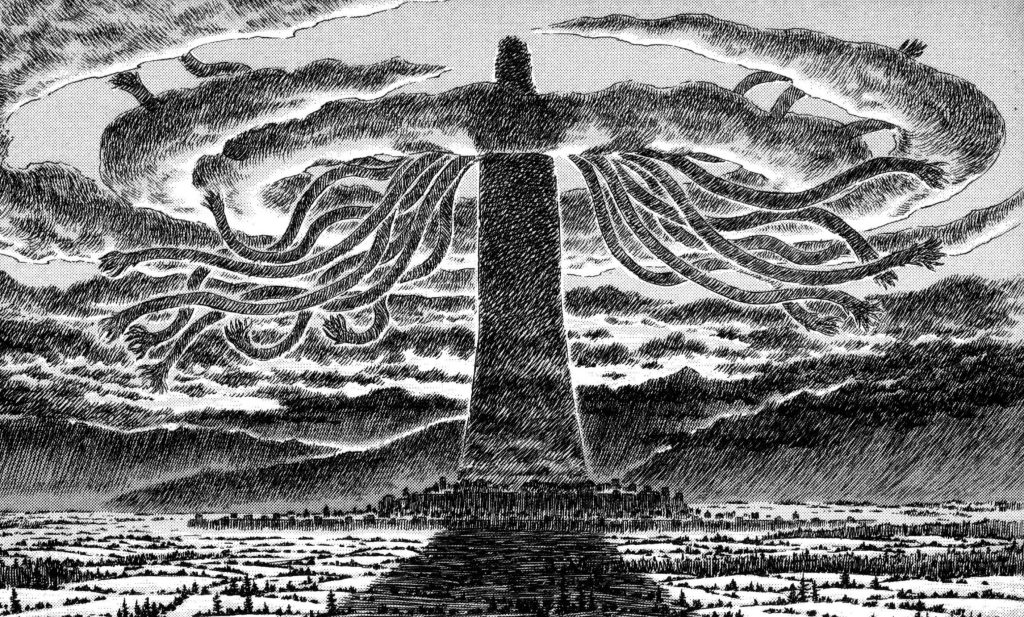
Of course, you should never judge a book by a cover. Some stories like Devilman (a key inspiration for Berserk) would even opt to make entities like these sympathetic, but they are anything but. Berserk is a complex story, yes, but the demonic aspects of it are some of its most straightforward. Apostles are pretty much the same as humans, displaying the same penchant for greed and violence…but now that they’ve fully embraced their evil, they can do so on a much grander scale. From emotional manipulation to war-mongering, Apostles can do any number of crimes without any resistance. While this on-page activity is very upsetting and hard to read at points, their implications are that much more terrifying. If gods told mankind to do what they wanted with superhuman powers, would mankind be as despicable as the Apostles?
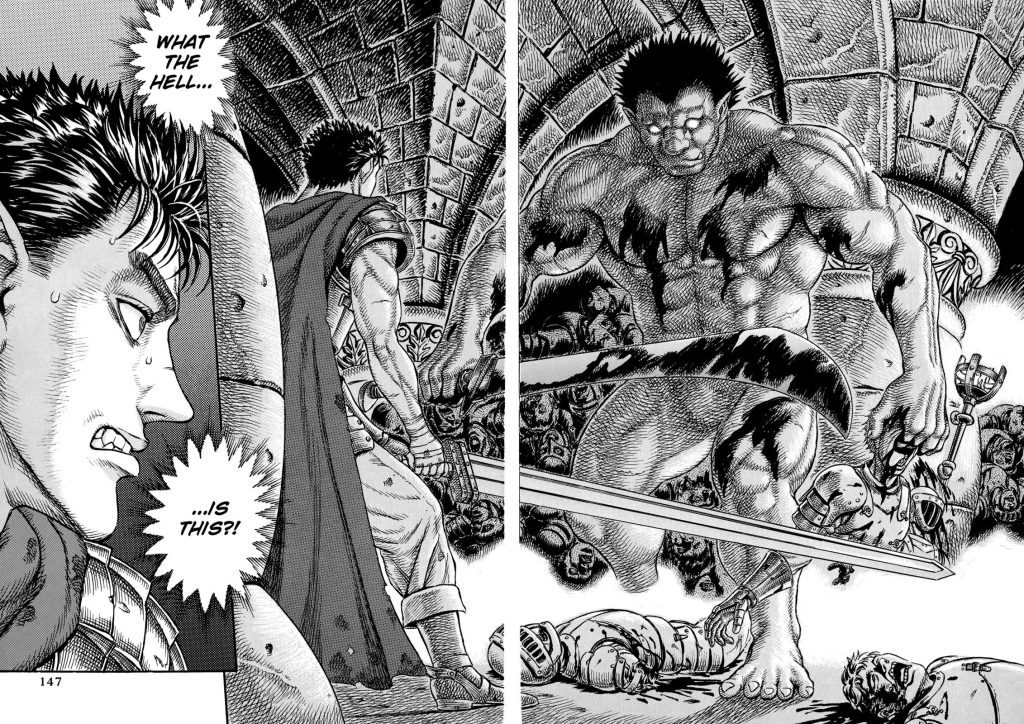
This question of humanity ultimately plays into what makes the Apostles and demons of Berserk feel so freaky. They feel real. When they’re in their human forms, they can feign emotion, they have their own wants and needs and allegiances. They hide their true nature to lure unsuspecting victims closer to their grasp and at points they even show off the slivers of kindness they have left. And still they are monsters; villains like Griffith prove as much. Miura loves to show how Guts at points seems to be even more monstrous than the Apostles and this comparison drives some of the story’s most pivotal moments. If mankind is able to be tempted into becoming demons, will fate condemn Guts to do the same?
The Cosmic Horror of Berserk
To round off the scary aspects of Berserk, let’s talk about the idea of fate. Fate, or “causality” is a running theme throughout Berserk. Essentially, the story revolves around cause and effect, and how forces beyond human comprehension seem to be running the show behind the scenes. These forces are the Godhand, a group of gods that manipulate reality and mankind for their own agenda. Griffith, the main antagonist of our story, is a member of this group, bending reality to his will as he pursues his goal of becoming king…no matter how many people he needs to twist and toy with to get there.
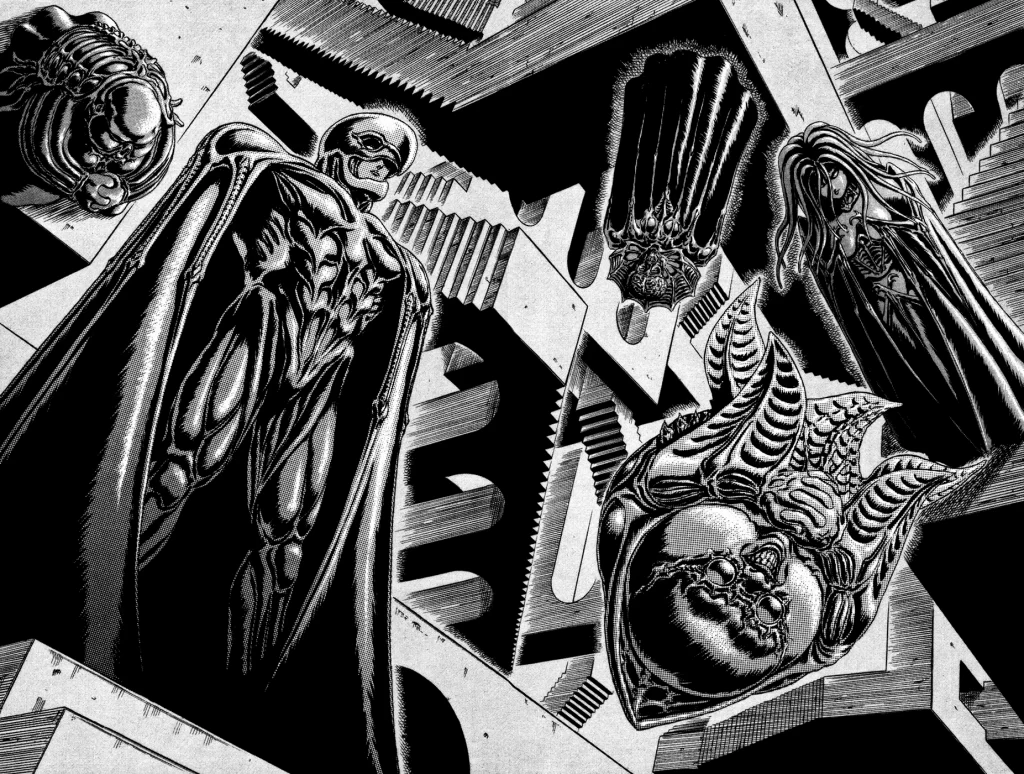
Now, what does this idea of fate do for the horror end of Berserk? Simply put, the idea of having no control over your destiny is terrifying. Many characters in Berserk are stuck in this endless loop of pain and suffering, unable to do anything as the Godhand do as they please. Starting wars, obliterating cities, creating famines and plagues? Yeah, that’s all fated and you can’t do anything about it. Couple that with the way Berserk’s characters seem to latch onto Griffith, a genuinely terrible person, as their king and god…it’s easy to shudder at the idea of your own helplessness in this grand scheme.
And yet, this is where I think Berserk shines brightest.
Despite how bleak this story gets, there’s always one constant: Guts will continue to fight against his fate. He’s quite literally marked for death by the Godhand, but he fights on and on. Sure, he begins fighting out of revenge and survival, but as the story goes on you see this rage-filled man become a quiet, protective friend and father-figure to a found family. To see this man and his ragtag group of friends push for their own happiness is powerful. This aspect of the story genuinely helped me through one of the darkest times in my life, and it has always taught me to fight, to keep pushing for my own happiness.
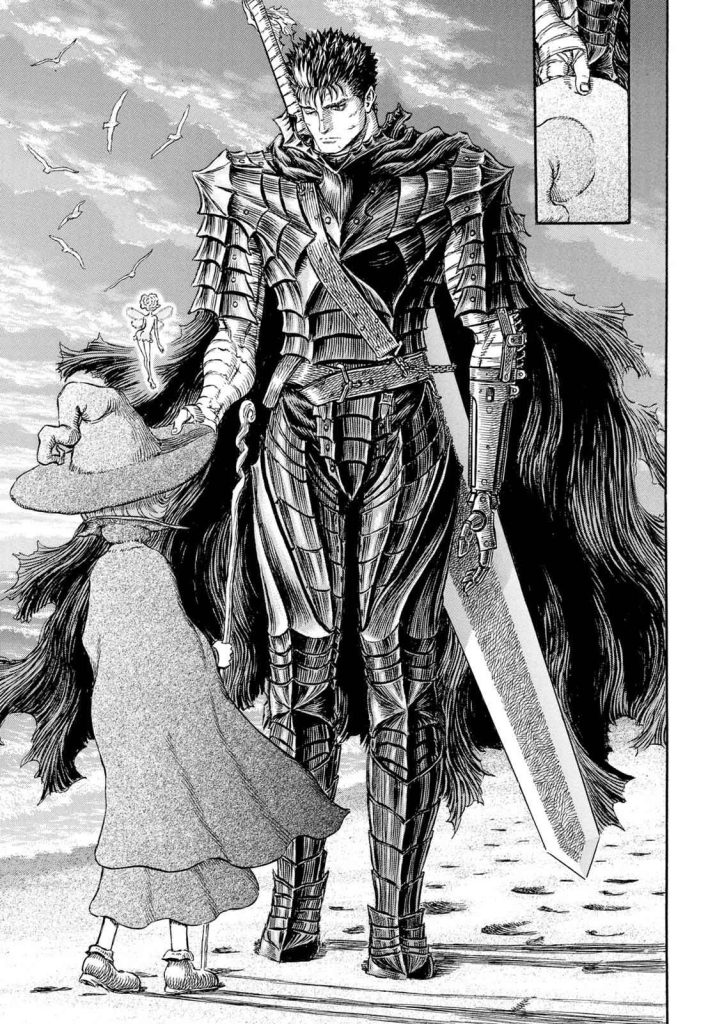
I hope that today’s piece conveyed the spooky and artistic strengths of Berserk. This is a story that I’ve always wanted to talk about, and probably will discuss in the future. I hope I did Miura’s work justice, and I hope that this article convinces you to check out this incredible work of fiction. Thank you all for being on this journey with me as a writer; Happy Halloween!

